Shang Xu
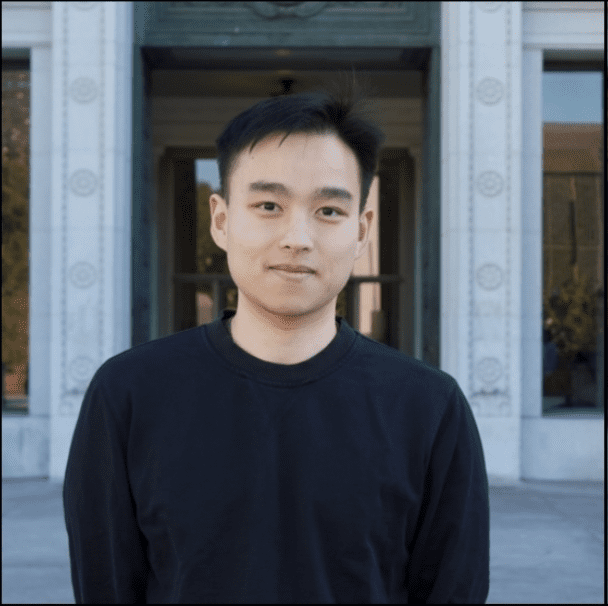
The project investigates how quickly people detect and respond to emotional changes – “emotional sensitivity.” To do this, we use the Inferential Emotion Tracking task: participants watch video clips and continuously rate the characters’ feelings on scales of valence (positive–negative) and arousal (calm–excited). We calculate the time lag and peak alignment using cross-correlation analysis. Some individuals consistently anticipate shifts in emotion faster, while others lag behind, and these differences may relate to measures like Autism Quotient and Emotional Quotient. Understanding these individual patterns could shed light on why some people […]
Riley Zhou

My research theorizes musical negation as a site of resistance under late capitalism, drawing on Adorno’s aesthetics and compositions by Lachenmann, Webern, Czernowin, and Schumann, etc. as genealogies of refusal. In dialogue with Adorno’s negation, Derrida’s différance, Deleuze’s deterritorialization, and Fred Moten’s fugitivity, I explore how sound resists not merely through dissonance but via its structural withdrawal from representation, legibility, and capitalist time. Lachenmann’s musique concrète instrumentale disarticulates conventional listening, enacting what Adorno called “expressionless art”—yet today, such gestures risk aesthetic capture by algorithmic platforms. Rather than seeking resistance in […]
Ziad Cohen
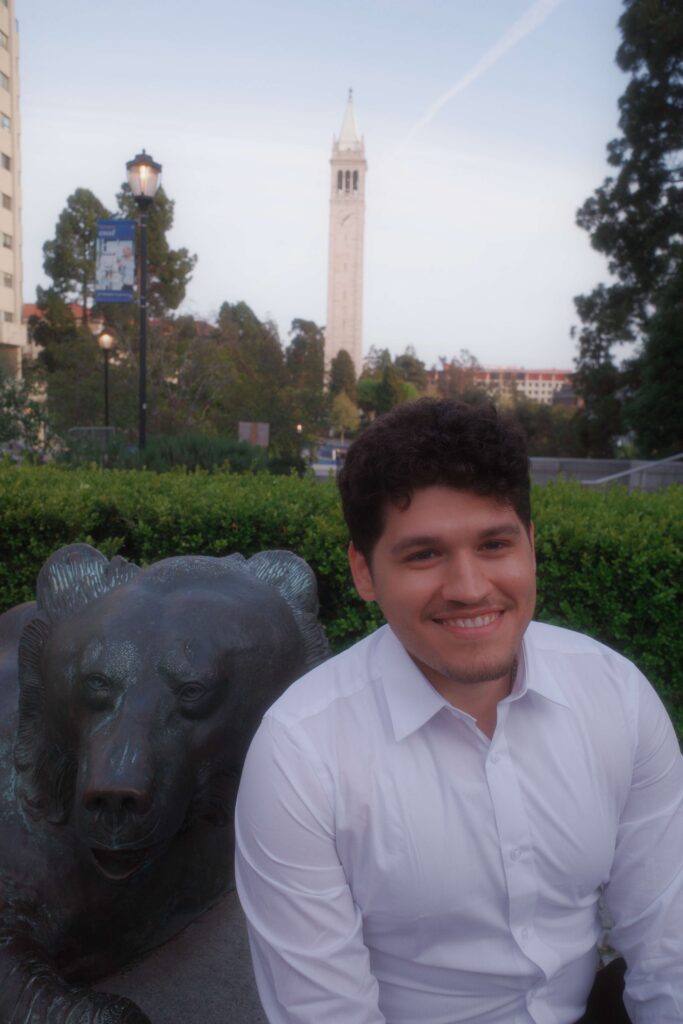
My project explores how viruses that infect bacteria—called phages—impact the production of sticky substances known as exopolysaccharides (EPS) in Bradyrhizobium, a soil bacterium important for plant growth. These substances help bacteria form biofilms, which protect them from stress. I’m testing whether phage infection and environmental stressors like high salt, oxidative damage, or antibiotics cause Bradyrhizobium to produce more EPS. Using dye-based biofilm assays, I’ll compare how different treatments affect bacterial stickiness and colony appearance. This research could help us better understand how bacteria survive harsh conditions and how phage therapy […]
Vivian Nguyen
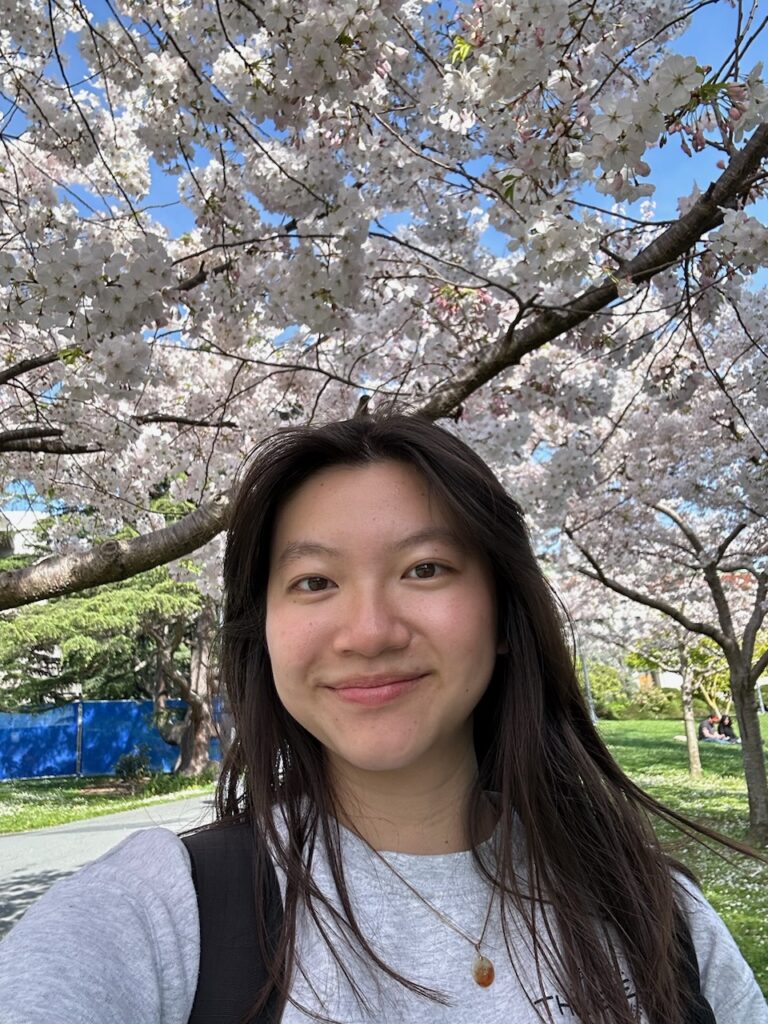
Over the past decade, CRISPR-Cas9 has emerged as an unparalleled tool for single-gene disease therapy. Yet, the vast majority of the genome is currently untargetable by the widely adopted Streptococcus pyogenes Cas9 due to its strict requirement to recognize an NGG protospacer-adjacent motif (PAM) sequence next to the target site. To expand Cas9’s targetable genomic space while maintaining high on-target activity and minimal off-target editing, this research aims to engineer novel SpCas9 variants capable of specifically recognizing non-NGG PAMs through directed evolution in a yeast selection system. In particular, my […]
Vincent Lertchareonyong

Epilepsy affects an estimated 50 million worldwide, and despite over 30 FDA-approved anti-epileptic medications, 30–40% of patients are resistant to treatment, highlighting the need for alternative approaches. Rather than focus on small molecule discovery, which is often non-specific and has limited efficacy in epilepsy treatment, this project explores gene therapies that may overcome these barriers. Utilizing state-of-the-art technology and established methods, I plan to investigate gene therapies to modulate expression of key protein targets, advancing the design of therapies that reduce epileptiform activity. I aim to target two therapeutically relevant […]
Taylor Huie

The development of new transition metal silylenes (materials with a double bond between silicon and a transition metal, M=Si) are highly important, postulated to be highly reactive intermediates in critical reactions such as the Rochow-Muller direct process, which produces Me2SiCl2 an essential compound for the silicones industry. Isolable examples of silylenes have previously displayed remarkably diverse reactivity in small-molecule activation and unlocked a completely new mechanism for catalytic hydrosilylation. Despite these advances, further discoveries in silylene chemistry are hampered by difficulty of synthesis and the low number of methodologies available […]
Sophia Safa
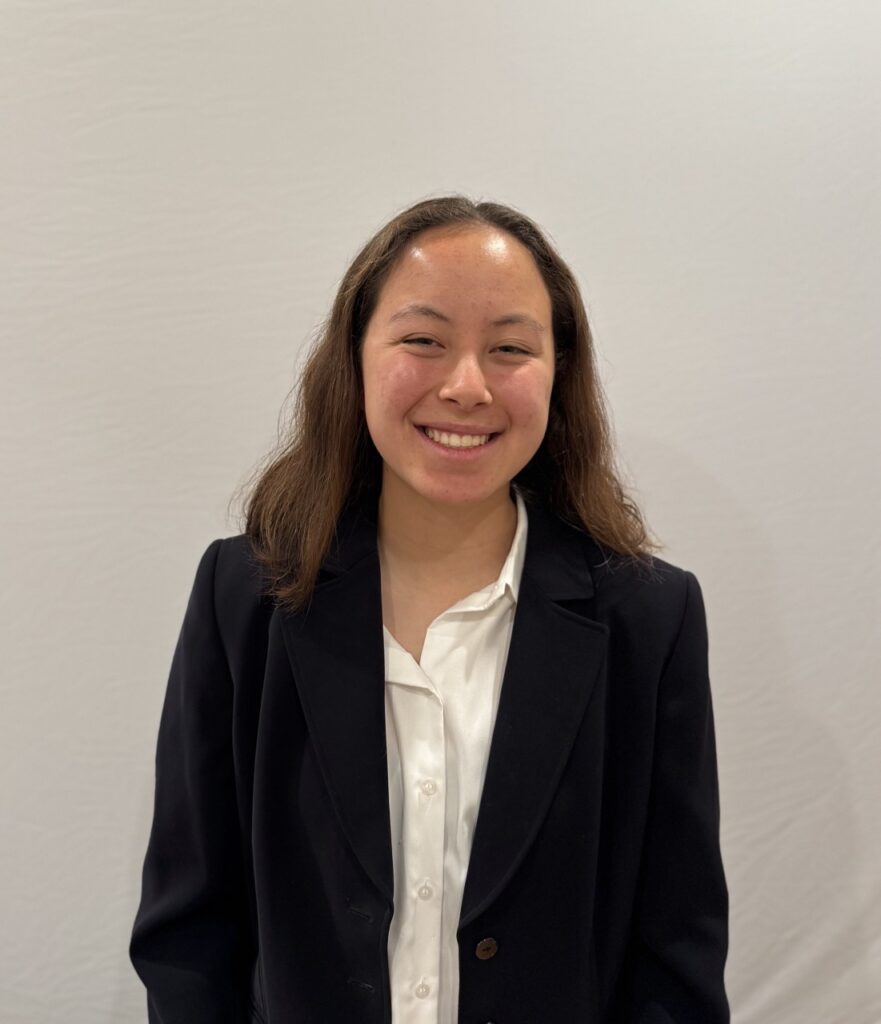
Nitrogen pollution is an increasing threat to ecosystems, often driving algae blooms that kill fish and degrade waterways. A well known contributor to this nutrient pollution is fertilizer runoff from agricultural spaces, but there is a lesser-known contributor– improperly treated human waste. Although urine makes up less than 1% of flow exiting a wastewater treatment plant, it accounts for about 80% of the nitrogen load discharged into surrounding water bodies. As populations grow and nitrogen discharge limits tighten, there is an increasing demand for innovative nitrogen treatment technologies, one such […]
Sophia Levin

The U.S. health system stratifies care by separating patients with Medicaid from those with private insurance—by location, providers, and standards of care. In academic medical centers, publicly insured and uninsured patients are typically seen in resident clinics, while privately insured patients are treated in faculty practices. Based on an initial review of the literature, we hypothesize that this division stems from policy decisions made around the time of the 1910 Flexner Report, when clinical training requirements expanded and low-income patients were increasingly relied upon as “volunteers” for medical education. Understanding […]
Sophia Dateshidze
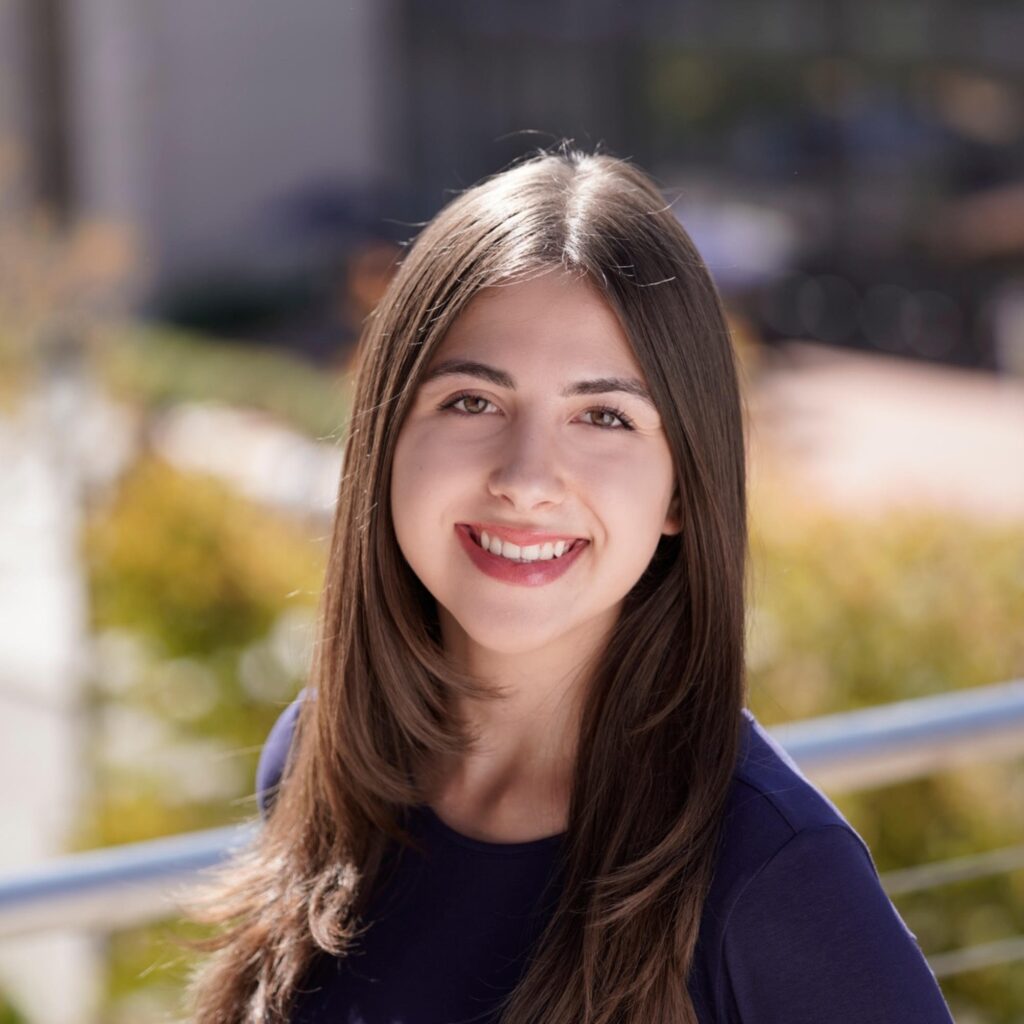
Natural killer (NK) cells are part of the body’s first line of defense, uniquely equipped to recognize and kill cancerous and virally infected cells without prior sensitization. Because of this, they have emerged as promising tools in the development of cancer immunotherapies. However, their therapeutic potential has been limited by challenges such as poor persistence in patients, resistance from tumor cells, and the difficulty of genetically modifying NK cells to better understand or enhance their function. Improving our ability to study NK cell biology at a genetic level is crucial […]
Serena Huang

Peripheral membrane proteins are critical for many biological processes and are important targets for drug development, but their structural analysis remains challenging using traditional techniques. My project aims to develop a new method for characterizing membrane-associated proteins with single-particle cryo-EM by creating supported lipid bilayers (SLBs) directly onto cryo-EM grids. SLBs offer a native-like, fluid environment that better preserves protein structure and function compared to nanodiscs or liposomes, which can restrict movement or interfere with imaging. By forming SLBs on grids and attaching membrane-associated proteins, this system could minimize protein […]